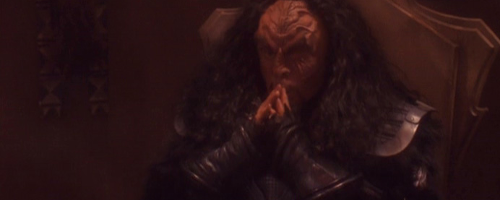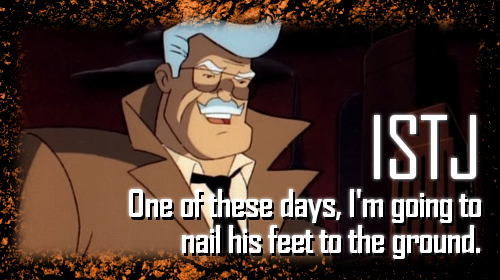
ISTJ – the Inspector, the Sentinel, the Expert
Eddington undergoes a major character switch when he becomes a villain. After a couple of years serving quietly in the background, he jumps ship (or station, as it were), and goes rogue. He’s more aggressive and dramatic as a crusading Maquis than he was as a law-abiding Starfleet officer, leading me to believe he’s operating out of his lower functions when he makes the change. Eddington sees himself as the hero of his own story, but to Starfleet and Sisko, he’s a terrorist.
Dominant Function: (Si) Introverted Sensing, “The Study”

At first, Eddington seems like a good old-fashioned, reliable Starfleet officer. He joined with the ambition of being a captain, like everyone else, but ended up in security. That department doesn’t typically lead to command, but he still stuck to his job and did it well. Sisko asks him why he doesn’t just transfer over to the command division, but Eddington doesn’t seem interested in a big change at this point.
Of course, that could just be because he has other things brewing.
Eddington eventually reveals himself as a leader in the Maquis, a terrorist group dedicated to protecting Federation colonists left behind in Cardassian territory after new borders are drawn. The Maquis, and Eddington, don’t believe they should have to leave their homes for any reason. Though they’re offered many alternatives, they hold their ground and refuse to leave no matter how poor their living conditions grow.
Eddington appreciates the real, hand-grown, fresh food he raises and eats as a Maquis. He doesn’t like the taste of replicated food, and recognizes the exact menu selection he’s given as a prisoner. His whole existence as a Maquis feels more natural to him than his outward presentation as a Starfleet officer. Continue reading

















